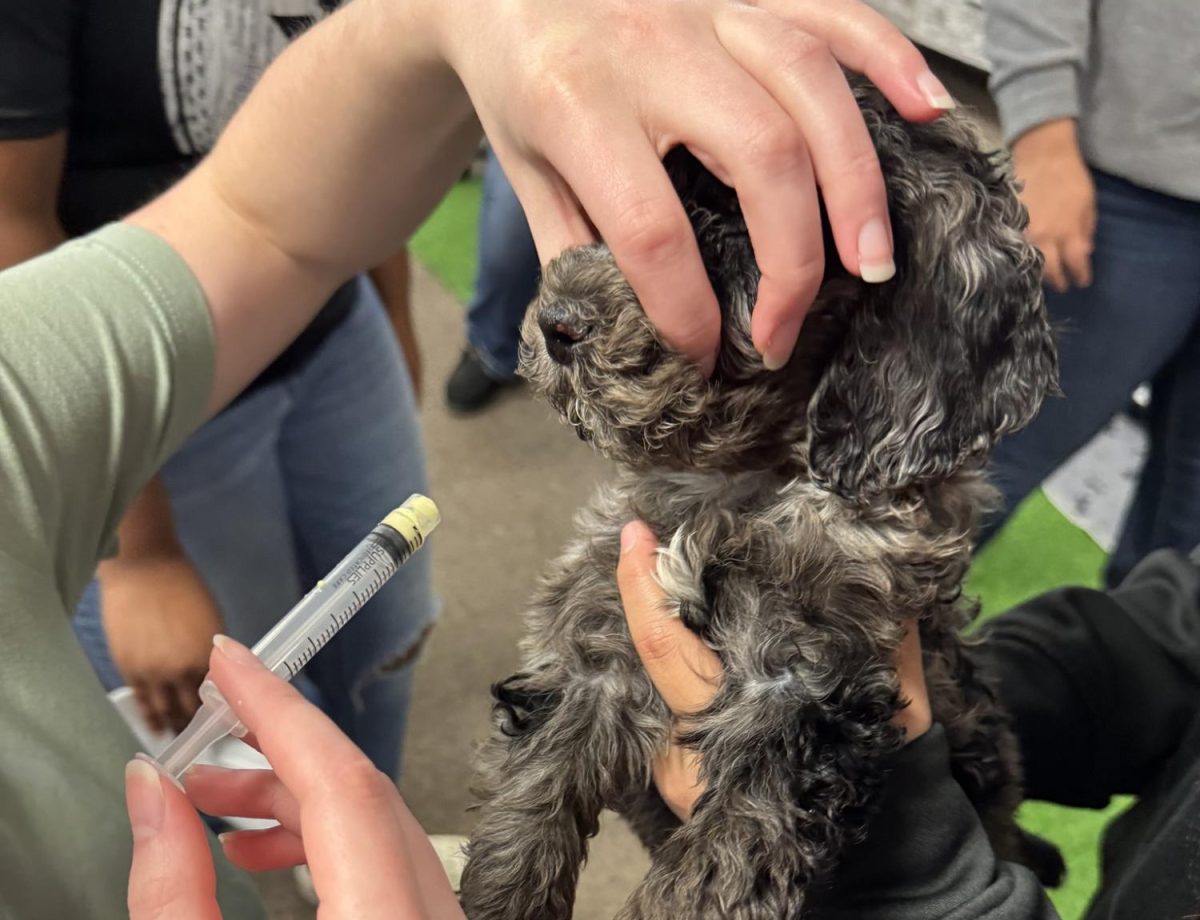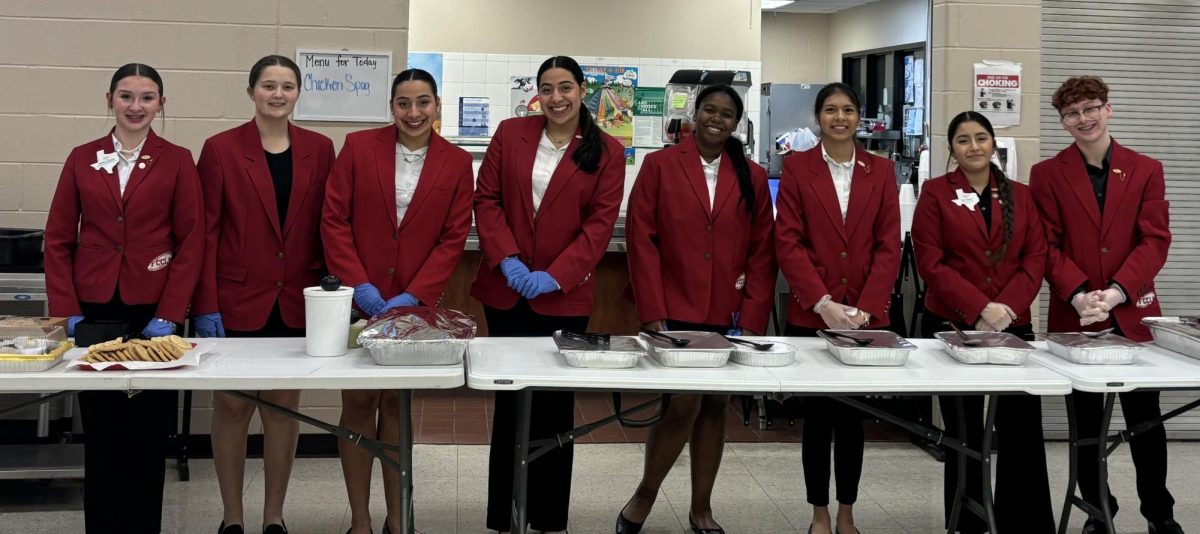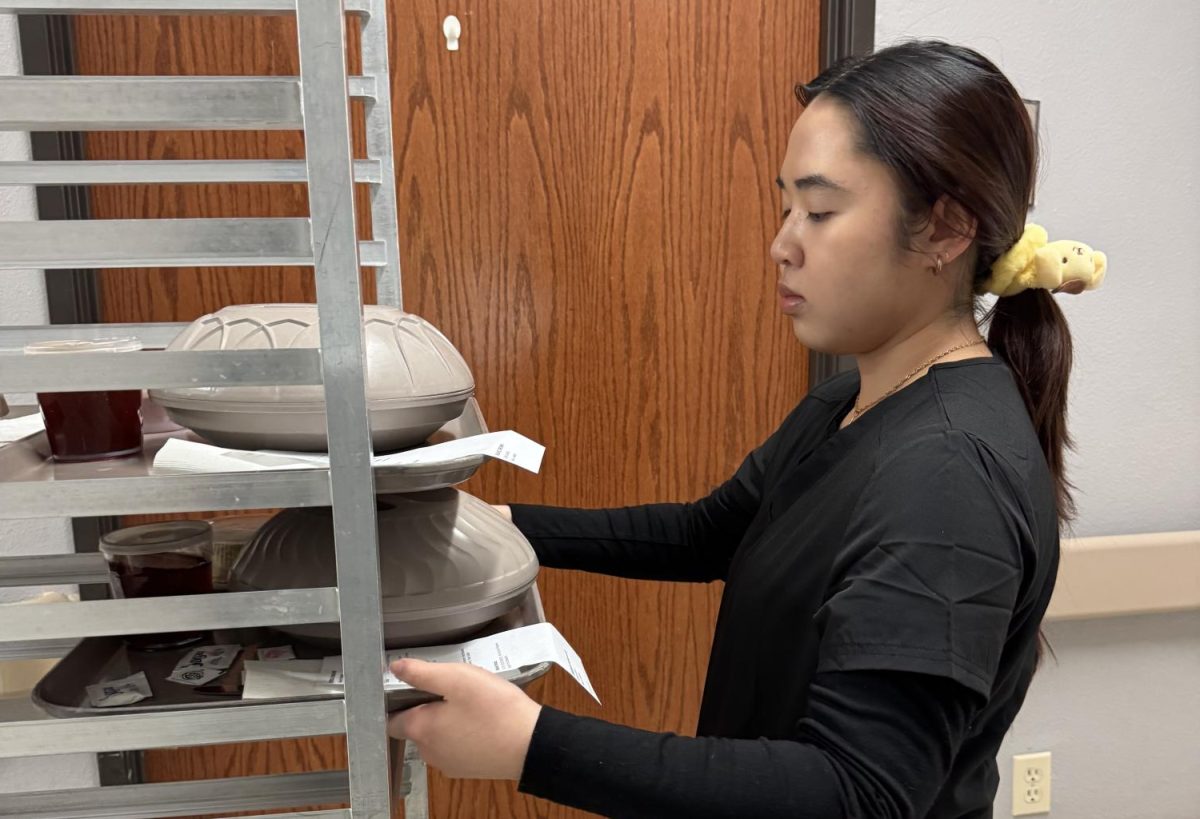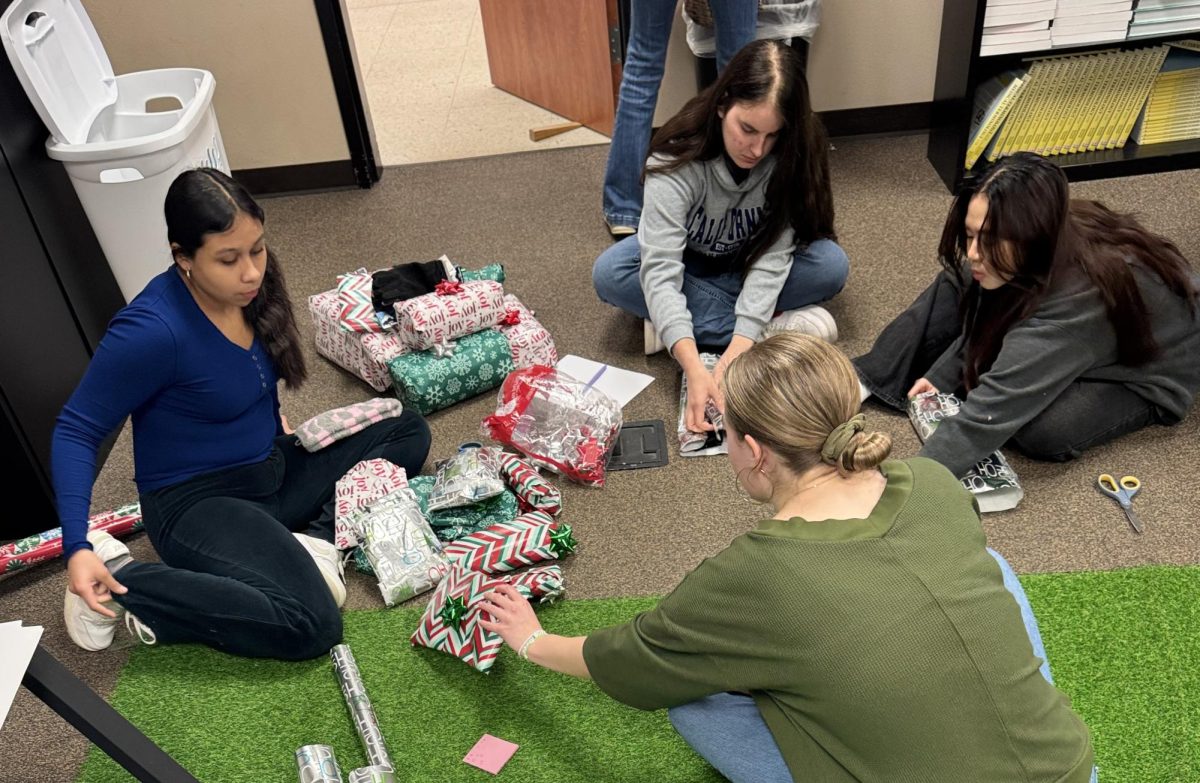Americans use money every day without giving much thought to where it came from or how it is made, but the composition of pennies was the focus of a recent lesson in chemistry teacher Patrice Cox’s class.
“The students are using melting point differences to separate the zinc from copper in pennies,” Cox said. “They will be calculating the cost of materials for making a modern penny and comparing that to the cost of making a copper penny (pre-1982).”
Many students thought it was really cool to watch the zinc flow from the penny after it hit its melting point.
“I didn’t think the experiment was gonna go as planned,” sophomore Kenzie Ryder said. “She told us that the penny was gonna melt and it didn’t seem like it was gonna melt, especially the way it did.”
After they conducted the experiment they had to then contemplate about why there were different reactions to the pennies from modern day to pre-1982 pennies.
“At first I thought the pennies would like just melt into a pile of copper, but it didn’t happen like that at all,” sophomore Jose Sanchez said. “When we did the older pennies they didn’t even burn – they just put off a green or red flame, but that’s only because copper’s melting point is super high. But this experiment really surprised me.”
The students discussed the future of the penny, considering the cost for a whole penny made of copper is more than one cent.
“The future for pennies all depends on the cost of copper later on,” junior Denise Wall said. “So if the cost goes up, I think the pennies will eventually be made of less and less copper.”














